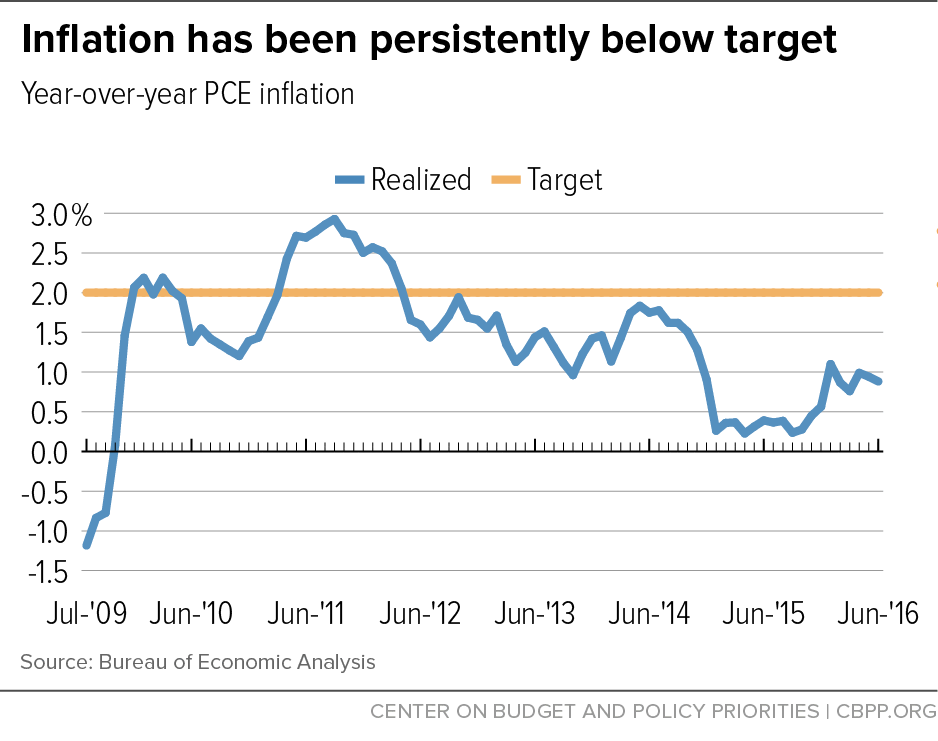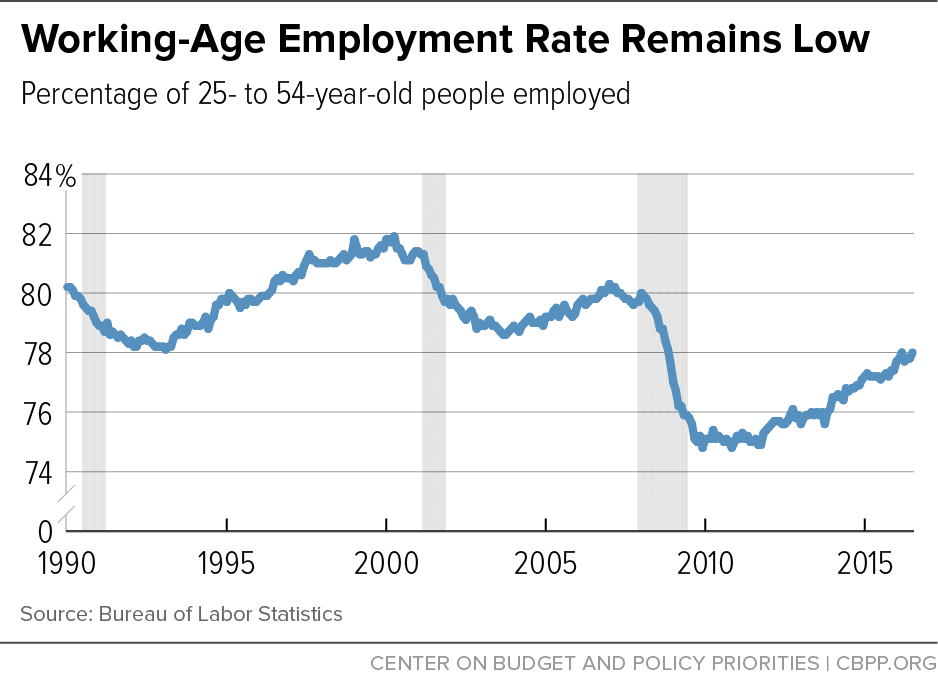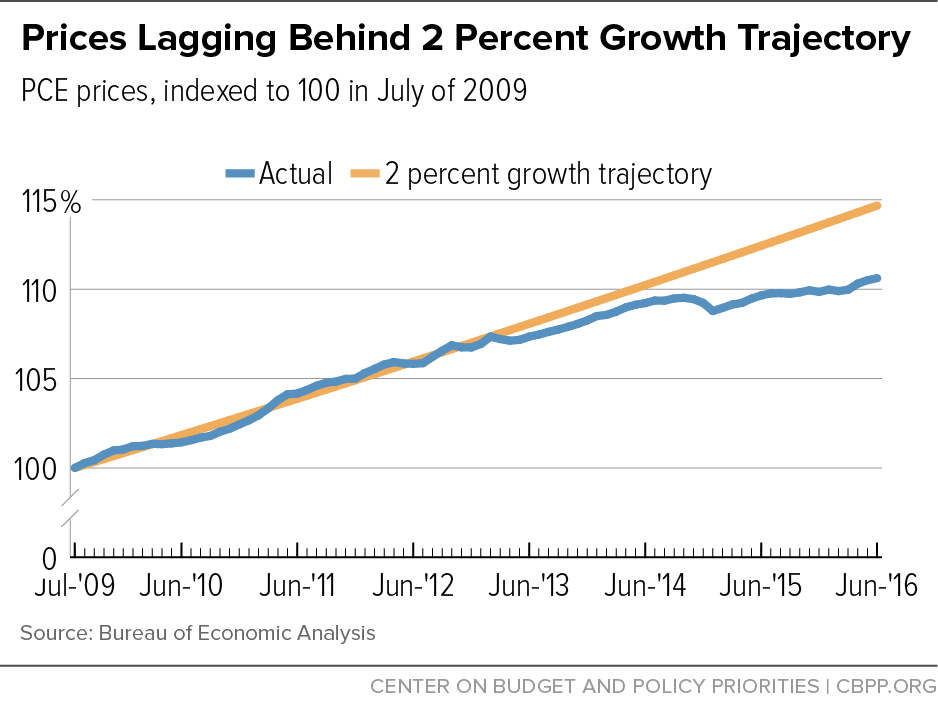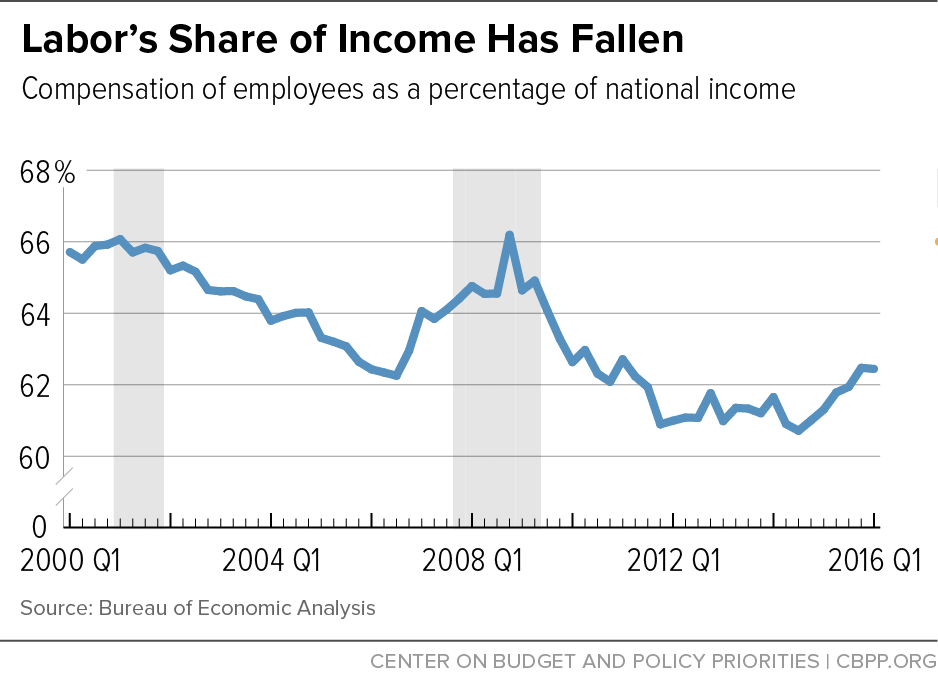End Notes
[1] Carola Binder is an assistant professor at Haverford College in the Department of Economics.
[2] Alex Rodrigue is a math and economics major at Haverford College.
[3] For further discussion of monetary policy, political influences, and inequality, see Carola Binder, “Rewriting the Rules of the Federal Reserve for Broad and Stable Growth,” Roosevelt Institute, December 14, 2015, http://rooseveltinstitute.org/rewriting-rules-federal-reserve-broad-stable-growth/.
[4] Michael Bordo, “Monetary Policy Regimes, the Gold Standard, and the Great Depression,” National Bureau of Economic Research, 1999, http://www.nber.org/reporter/fall99/bordo.html.
[5] The Federal Reserve raised interest rates, tightening monetary conditions, in 1928, in an effort to curb stock market speculation and to avoid losing gold to the French. To avoid large gold outflows, other countries on the gold standard also raised interest rates, leading to deflation and depression. See Barry Eichengreen, Golden Fetters and the Great Depression, 1919-1939 (New York: Oxford University Press, 1992).
[6] Ben Bernanke and Harold James, “The Gold Standard, Deflation, and Financial Crisis in the Great Depression: An International Comparison,” in R. Glenn Hubbard, ed., Financial Markets and Financial Crisis (Chicago: University of Chicago Press, 1991), pp. 33-68.
[7] Aaron Steelman, “Employment Act of 1946,” Federal Reserve History (Richmond, Va.: Federal Reserve Bank of Richmond, 2013), http://www.federalreservehistory.org/Events/DetailView/15.
[8] Christina D. Romer and David H. Romer, “A Rehabilitation of Monetary Policy in the 1950s,” Monetary Policy Rules and Practice 92, no. 2 (2002), pp. 121-27.
[9] Laurence Meyer, “Rules and Discretion,” remarks at the Owen Graduate School of Management, Vanderbilt University, Nashville, Tenn., 2002, http://www.federalreserve.gov/boarddocs/speeches/2002/200201162/default.htm.
[10] If the central bank lacks political independence, the government may be tempted to pursue overly expansionary monetary policy — for example, before an election — undermining economic stability and fueling inflation. See John C. Williams, “Monetary Policy and the Independence Dilemma,” Federal Reserve Bank of San Francisco, 2015, http://www.frbsf.org/our-district/press/presidents-speeches/williams-speeches/2015/may/monetary-policy-independence-dilemma/.
[11] Milton Friedman, A Program for Monetary Stability (New York: Fordham University Press, 1960).
[12] Williams, “Monetary Policy and the Independence Dilemma.”
[13] See Pedro Da Costa, “House Republicans Want Fed to Adopt Policy-Making Rules,” Wall Street Journal, July 9, 2014, http://blogs.wsj.com/economics/2014/07/09/republicans-want-fed-to-report-to-congress-on-monetary-policy/. Recent legislative initiatives include the Centennial Monetary Commission Act of 2015, the Sound Dollar Act of 2015, and the Fed Oversight Reform and Modernization Act of 2015. Also see Thomas Gaudett, “The Politics of the Federal Reserve,” Harvard Political Review, May 24, 2011.
[14] Federal Reserve Bank of Chicago, “The Federal Reserve’s Dual Mandate,” revised August 5, 2016, https://www.chicagofed.org/publications/speeches/our-dual-mandate.
[15] Although the Fed’s official target is overall, or headline, PCE inflation, it often focuses on core PCE inflation, which excludes volatile prices like energy and food. See James Bullard, “Measuring Inflation: The Core Is Rotten,” speech at the Money Marketeers of New York University, May 18, 2011.
[16] Board of Governors of the Federal Reserve System, press release, January 25, 2012, https://www.federalreserve.gov/newsevents/press/monetary/20120125c.htm.
[17] Anchored expectations refers to inflation expectations that are “relatively insensitive to incoming data” and remain stable in response to shocks; Ben Bernanke, “Inflation Expectations and Inflation Forecasting,” speech to the Monetary Economics Workshop for the National Bureau of Economic Research Summer Institute, Cambridge, Mass., June 10, 2007, https://www.federalreserve.gov/newsevents/speech/bernanke20070710a.htm.
[18] Board of Governors of the Federal Reserve System, press release, January 27, 2016, https://www.federalreserve.gov/newsevents/press/monetary/20160127b.htm.
[19] Lawrence Summers, “The Fed Is Making the Same Mistakes Over and Over Again,” Washington Post, June 14, 2016, https://www.washingtonpost.com/news/wonk/wp/2016/06/14/larry-summers-the-fed-is-making-the-same-mistakes-over-and-over-again/.
[20] Federal Reserve Bank of San Francisco, “What Are the Costs of Deflation?” Dr. Econ, February 2006, http://www.frbsf.org/education/publications/doctor-econ/2006/february/deflation-costs.
[21] William Easterly and Stanley Fischer, “Inflation and the Poor,” Journal of Money, Credit and Banking 33, no. 2 (2001), pp. 160-78; Robert Pollin and Andong Zhu, “Inflation and Economic Growth: A Cross-Country Non-Linear Analysis,” Political Economy Research Institute, 2005; Michael Bruno and William Easterly, “Inflation Crises and Long-Run Growth,” Journal of Monetary Economics 41 (1998), pp. 3–26.
[22] Matthias Doepke and Martin Schneider, “Inflation and the Redistribution of Nominal Wealth,” Journal of Political Economy 114, no. 6 (2006), pp. 1069-97.
[23] Andres Erosa and Gustavo Ventura, “On Inflation as a Regressive Consumption Tax,” Journal of Monetary Economics 49, no. 4 (2002), pp. 761-95.
[24] Board of Governors of the Federal Reserve System, “What Are the Federal Reserve’s Objectives in Conducting Monetary Policy?” Current FAQs, https://www.federalreserve.gov/faqs/money_12848.htm.
[25] The 4.8 percent estimate is in line with the U.S. Congressional Budget Office’s current estimate of the nonaccelerating inflation rate of unemployment, or NAIRU.
[26] Dean Baker and Jared Bernstein, “Getting Back to Full Employment,” Center for Economic and Policy Research, 2013, http://www.cepr.net/documents/Getting-Back-to-Full-Employment_20131118.pdf.
[27] Alan Blinder, “Petrified Paychecks,” Washington Monthly, November-December 2014, http://www.washingtonmonthly.com/magazine/novemberdecember_2014/features/petrified_paychecks052713.php?page=all.
[28] This concept is known as hysteresis; see Lawrence Ball, “Hysteresis in Unemployment: Old and New Evidence,” National Bureau of Economic Research, March 2009, http://www.nber.org/papers/w14818.
[29] Baker and Bernstein, “Getting Back to Full Employment.”
[30] Flint Brayton, Thomas Laubach, and David Reifschneider, “Optimal-Control Monetary Policy in the FRB/US Model,” FEDS Notes, November 24, 2014, http://www.federalreserve.gov/econresdata/notes/feds-notes/2014/optimal-control-monetary-policy-in-frbus-20141121.html#.
[31] Robert E. Hall and N. Gregory Mankiw, “Nominal Income Targeting,” in N. Gregory Mankiw, ed., Monetary Policy (Chicago: University of Chicago Press, 1994).
[32] If monetary policymakers respond to forecasts, not just contemporary realizations, they can help mitigate this issue. See Robert J. Gordon, “The Conduct of Domestic Monetary Policy,” in Albert Ando, Hidekazu Eguchi, Roger Farmer, and Yoshio Suzuki, eds., Monetary Policy in Our Times (Cambridge, Mass.: MIT Press, 1985), pp. 45-81. Also see Robert E. Hall, “Monetary Strategy With an Elastic Price Standard,” paper presented at the symposium, “Price Stability and Public Policy,” Federal Reserve Bank of Kansas City, 1985.
[33] David Wheelock, “Lessons Learned? Comparing the Federal Reserve’s Responses to the Crises of 1929-1933 and 2007-2009,” Federal Reserve Bank of St. Louis Review 92, no. 2 (March/April 2010), pp. 89-107.
[34] Janet L. Yellen, “Revolution and Evolution in Central Bank Communications,” speech at the Haas School of Business, University of California, Berkeley, November 13, 2012, http://www.federalreserve.gov/newsevents/speech/yellen20121113a.htm.
[35] John Taylor, “Discretion Versus Policy Rules in Practice,” Carnegie-Rochester Conference Series on Public Policy 39 (1993), pp. 195-214.
[36] An example of such proposed legislation is the Federal Reserve Accountability and Transparency Act of 2014.
[37] John Taylor, “Monetary Policy Rules Work and Discretion Doesn’t: A Tale of Two Eras,” Journal of Money, Credit, and Banking 44, no. 6 (2012), pp. 1017–32.
[38] Allan H. Meltzer, “Federal Reserve Policy in the Great Recession,” remarks presented at
Cato Institute Monetary Conference, November 2011.
[39] Ben S. Bernanke, “The Taylor Rule: A Benchmark for Monetary Policy?” Brookings Institution, April 28, 2015, http://www.brookings.edu/blogs/ben-bernanke/posts/2015/04/28-taylor-rule-monetary-policy.
[40] Yellen, “Revolution and Evolution in Central Bank Communications.”
[41] This calculation is from Bernanke, “The Taylor Rule.”
[42] Donald L. Kohn, “Comment on Goodfriend: ‘Inflation Targeting in the United States?’” speech at the National Bureau of Economic Research Conference on Inflation Targeting, Bal Harbour, Florida, January 25, 2003.
[43] Bernanke notes that “The Taylor rule also assumes that the equilibrium federal funds rate (the rate when inflation is at target and the output gap is zero) is fixed, at 2 percent in real terms…. Both FOMC participants and the markets apparently see the equilibrium funds rate as lower than standard Taylor rules assume. But again, there is plenty of disagreement, and forcing the FOMC to agree on one value would risk closing off important debates” (Bernanke, “The Taylor Rule”).
[44] D. Staiger, J.H. Stock, and M.W. Watson, “The NAIRU, Unemployment, and Monetary Policy,” Journal of Economic Perspectives 11, no. 1 (1997), pp. 33-49.
[45] This issue could be partially addressed by modifying the Taylor rule to incorporate more indicators of labor market health on the right-hand side.
[46] Bernanke, “The Taylor Rule.”
[47] Taylor recommends that “The Fed could change its strategy or deviate from it if circumstances called for a change, but the Fed would have to explain why.” See John B. Taylor, “A Monetary Policy for the Future,” Economics One (A blog by John B. Taylor), April 16, 2015, https://economicsone.com/2015/04/16/a-monetary-policy-for-the-future/.
[48] Scott Roger, “Inflation Targeting Turns 20,” IMF: Finance & Development (2010), pp. 46-49.
[49] Ben Bernanke, “A Perspective on Inflation Targeting,” Annual Washington Policy
Conference of the National Association of Business Economists, Washington, D.C., 2003.
[50] Frederic S. Mishkin, “International Experiences With Different Monetary Policy Regimes,” Journal of Monetary Economics 43 (1999), pp. 579–605; Marco Vega and Diego Winkelried, “Inflation Targeting and Inflation Behavior: A Successful Story?” International Journal of Central Banking 1, no. 3 (2005), pp. 153-75.
[51] Laurence Ball and Niamh Sheridan, “Does Inflation Targeting Matter?” in Ben Bernanke and Michael Woodford, eds., The Inflation Targeting Debate (Chicago: University of Chicago Press, 2004).
[52] Lars Svensson, “Inflation Forecast Targeting: Implementing and Monitoring Inflation Targets,” European Economic Review 41 (1997), pp. 1111–46.
[53] Christian Gillitzer and John Simon (in “Inflation Targeting: A Victim of its Own Success,” International Journal of Central Banking 11, no. S1 (2015), pp. 259-87) write that “it is suggested that the European Central Bank delayed lowering interest rates because it was overly concerned about headline inflation rates that were being boosted by temporary oil and commodity price increases,” a clear example of prioritization of price stability.
[54] According to the Board of Governors of the Federal Reserve, inflation higher than 2 percent “would reduce the public’s ability to make accurate longer term and financial decisions,” and “a lower inflation rate would be associated with an elevated probability of falling into deflation”; see “Why Does the Fed Aim for 2 Percent Inflation Over Time?” https://www.federalreserve.gov/faqs/economy_14400.htm.
[55] Laurence Ball, “The Case for a Long-Run Inflation Target of Four Percent,” International Monetary Fund, 2014.
[56] Kahn, “Beyond Inflation Targeting.”
[57] S. Ambler, “Price-Level Targeting and Stabilization Policy: A Survey,” Journal of Economic Surveys 23, no. 5 (2009), pp. 974–97.
[58] Lars E.O. Svensson, “Commentary: How Should Monetary Policy Respond to Shocks While Maintaining Long-Run Price Stability? — Conceptual Issues,” 1996, larseosvensson.se/files/papers/S96SVEN.PDF.
[59] R. Dittmar, W.T. Gavin, and F.E. Kydland, “The Inflation-Output Variability Tradeoff and Price-Level Targets,” Federal Reserve Bank of St. Louis Review (1999), pp. 23-32.
[60] In the event of a persistent output gap, Dittmar, Gavin, and Kydland (“The Inflation-Output Variability Tradeoff”) find theoretical evidence for the effectiveness of price-level targeting rules as a means to avoid inflation instability.
[61] Kahn, “Beyond Inflation Targeting”; J.C. Williams, “Monetary Policy at the Zero Lower Bound: Putting Theory Into Practice,” Federal Reserve Bank of San Francisco (2014), pp. 1-16.
[62] R. Billi, “Price-Level Targeting and Risk Management in a Low-Inflation Economy,” Federal Reserve Bank of Kansas City (2008).
[63] R. Amano, T. Carter, and D. Coletti, “Next Steps for Canadian Monetary Policy,” Bank of Canada Review (2009).
[64] Specifically, Hall (“Monetary Strategy With an Elastic Price Standard”) proposes a constant price-level target and argues that the deviation of the price level from target can be eight times the deviation of unemployment from its normal level.
[65] Gauti Eggertsson and Michael Woodford, “The Zero Bound on Interest Rates and Optimal Monetary Policy,” Brookings Papers on Economic Activity, 2003.
[66] Laurence Ball, N. Gregory Mankiw, and Ricardo Reis, “Monetary Policy for Inattentive Economies,” Journal of Monetary Economics 52, no. 4 (2005), pp. 703-25.
[67] Ambler, “Price-Level Targeting and Stabilization Policy.”
[68] Minutes of the Federal Open Market Committee, November 1-2, 2011, http://www.federalreserve.gov/monetarypolicy/fomcminutes20111102.htm.
[69] In simulation exercises, targeting the NGDP trajectory results in better price stability and output stability than targeting the NGDP growth rate; see Hall and Mankiw, “Nominal Income Targeting.”
[70] James Meade, “The Meaning of Internal Balance,” Economic Journal 91: 423-35.
[71] It should be noted that such simulations are sensitive to modeling assumptions; see Glenn Rudebusch, “Assessing Nominal Income Rules for Monetary Policy With Model and Data Uncertainty,” Economic Journal 112 (April 2002), pp. 402–32.
[72] Minutes of the Federal Open Market Committee, November 1-2, 2011.
[73] Scott Sumner, “Re-Targeting the Fed,” National Affairs 9 (Fall 2011), http://www.nationalaffairs.com/doclib/20110919_Sumner.pdf.
[74] Christina Romer, “Dear Ben: It’s Time for Your Volcker Moment,” New York Times, October 29, 2011, http://www.nytimes.com/2011/10/30/business/economy/ben-bernanke-needs-a-volcker-moment.html?_r=0.
[75] Margaret Jacobson and Filippo Occhino, “Behind the Slowdown of Potential GDP,” Federal Reserve Bank of Cleveland Economic Trends (2013), https://www.clevelandfed.org/newsroom-and-events/publications/economic-trends/2013-economic-trends/et-20130212-behind-the-slowdown-of-potential-gdp.a11spx.
[76] Scott Sumner, “How Nominal GDP Targeting Could Have Prevented the Crash of 2008,” in David Beckworth, ed., Boom and Bust Banking: The Causes and Cures of the Great Recession (Oakland, Calif.: Independent Institute, 2012).
[77] The Economist, “NGDP Targeting Will Not Provide a Volcker Moment,” November 1, 2011, http://www.economist.com/blogs/freeexchange/2011/11/case-against-case-nominal-gdp-target.
[78] “Nominal GDP Forecast,” OECD Data – OECD Economic Outlook: Statistics and Projections, https://data.oecd.org/gdp/nominal-gdp-forecast.htm.
[79] Evan F. Koenig, “Like a Good Neighbor: Monetary Policy, Financial Stability, and the Distribution of Risk,” International Journal of Central Banking 9, no. 2 (2013), pp. 57-82.
[80] Scott Sumner, “Using Futures Instrument Prices to Target Nominal Income,” Bulletin of Economic Research 41, no. 2 (1989), pp. 157–62; Scott Sumner, “Let a Thousand Models Bloom: The Advantages of Making the FOMC a Truly ‘Open Market,’” Contributions to Macroeconomics 6, no. 1 (2006), pp. 1–27.
[81] Sumner, “Re-Targeting the Fed.”
[82] Mike Sankowski, “Why Scott Sumner’s NGDP Level Futures Will Give Goldman Sachs $500bn in One Day, Part I,” Monetary Realism, July 10, 2012, http://monetaryrealism.com/why-scott-sumners-ngdp-level-futures-will-give-goldman-sachs-500bn-in-one-day-part-i/.
[83] Gregory Mankiw and Ricardo Reis, “What Measure of Inflation Should a Central Bank Target?” Journal of the European Economic Association 1, no. 5 (2003), pp. 1058-86. Other authors have found that optimal monetary policy aims to minimize not only inflation volatility and output volatility, but also wage volatility. See Christopher J. Erceg, Dale W. Henderson, and Andrew T. Levin, “Optimal Monetary Policy With Staggered Wage and Price Contracts,” Journal of Monetary Economics 46, no. 2 (2000), pp. 281-313; and Pierpaolo Benigno and Michael Woodford, “Optimal Stabilization Policy When Wages and Prices Are Sticky: The Case of a Distorted Steady State,” Journal of the European Economic Association 3, no. 6 (2004), pp. 1185-1236.
[84] Josh Bivens, “A Vital Dashboard Indicator for Monetary Policy: Nominal Wage Targets,” Economic Policy Institute, 2015.
[85] Joseph Stiglitz, Rewriting the Rules of the American Economy, Roosevelt Institute, 2015; Ian Dew-Becker and Robert Gordon, “Where Did the Productivity Growth Go? Inflation Dynamics and the Distribution of Income,” National Bureau of Economic Research, 2005.
[86] This relationship between labor market conditions and wage inflation is known as the Phillips curve, first documented by A.W. Phillips in 1958. Modern variants of the Phillips curve typically use price inflation, while the original curve uses wage inflation. See “The Relation Between Unemployment and the Rate of Change of Money Wage Rates in the United Kingdom, 1861–1957,” Economica 25, no. 2 (1958), pp. 283–99.
[87] Bivens (“A Vital Dashboard Indicator”) notes that price inflation occurring in the absence of wage inflation is usually the result of supply shocks (for example, in cases of import price increases). Monetary policy is most effective at counteracting demand shocks, which affect both price and wage inflation.
[88] Ekaterina Peneva and Jeremy Rudd, “The Passthrough of Labor Costs to Price Inflation,” Finance and Economics Discussion Series 2015-042, Board of Governors of the Federal Reserve System, 2015, http://dx.doi.org/10.17016/FEDS.2015.042.
[89] David Glasner, “NGDP Targeting v. Nominal Wage Targeting,” Uneasy Money Blog, December 9, 2011, https://uneasymoney.com/2011/12/09/ngdp-targeting-v-nominal-wage-targeting/.
[90] Scott Sumner, “Nominal GDP Targeting in Developing Countries,” Library of Economics and Liberty, August 23, 2014, http://econlog.econlib.org/archives/2014/08/nominal_gdp_tar_1.html.
[91] Hall and Mankiw, “Nominal Income Targeting.”
[92] Finn Kydland and Edward Prescott, “Rules Rather Than Discretion: The Inconsistency of Optimal Plans,” Journal of Political Economy 85, no. 3 (June 1977), pp. 473-92; Frederic S. Mishkin, “International Experiences With Different Monetary Policy Regimes,” Journal of Monetary Economics 43 (1999), pp. 579–605.
[93] Ben Bernanke, “’Constrained Discretion’ and Monetary Policy,” remarks to the Money Marketeers of New York University, February 3, 2003, http://www.federalreserve.gov/boarddocs/Speeches/2003/20030203/default.htm#.
[94] Lars Svensson, “What Is Wrong With Taylor Rules? Using Judgment in Monetary Policy Through Targeting Rules,” National Bureau of Economic Research, 2003, http://www.nber.org/papers/w9421.




